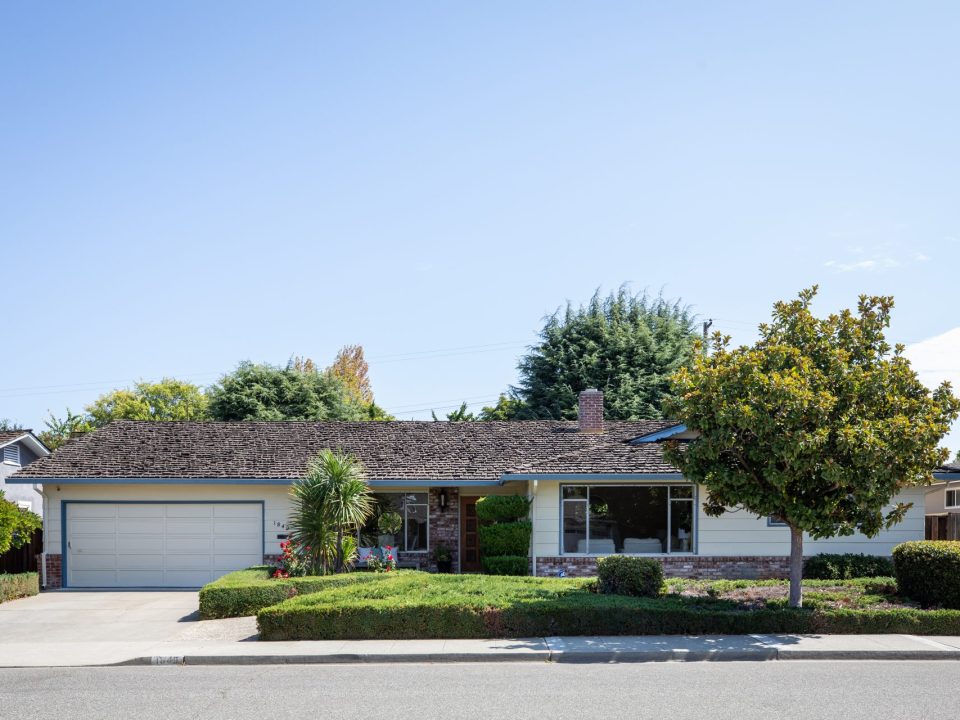What You Need To Know In Order To Make An Offer To Purchase Your Dream Home
Like most home buyers, you’ve searched the web for that perfect home. You’ve clicked on dozens of pictures and/or virtual tours to get a feel for each property. You walked through a seemingly endless number of open homes, seeing and sometimes (unfortunately) smelling the home for yourself. Finally after analyzing your real estate housing options, you have narrowed it down to THE home of your dreams (or at least one that is livable). It’s time to write that offer. But how does the offer process work?
Which purchase contract should you use?
First, you need to decide which purchase contract to use. There are two purchase contracts used locally, the California Association of Realtors (CAR) purchase contract and the Peninsula Regional Data Service (PRDS) purchase contract. Each has its own strengths and weaknesses. It has been said the PRDS contract is preferred by buyers and the CAR contract is preferred by Sellers. Note: the PRDS Purchase contract is being updated and a new updated version should be available within a few weeks.
Although real estate practitioners are not attorneys, they should have been trained on and fully understand each contract. Note: any questions that you may have about the specifics of the purchase contract and how they apply to your personal situation should be made to a licensed attorney who specializes in real estate contracts.
The importance of the offer presentation
When I represent a buyer, I feel it is extremely important to meet directly with the seller (and his/her agent). By meeting in person, I can provide information and insights into my buyer’s qualifications and desire, that the listing agent can’t. However, the industry norm has gone towards having the buyer’s agent submit the offer to the listing agent who then presents it to his/her seller. I hate it when a listing agent asks that all offers should be faxed in for review by the listing agent and his/her seller.
However, when I represent a seller, I prefer to give my seller the time and ability to analyze each offer without the pressure associated with a buyer’s agent being present. I want all the buyer’s supporting documentation and the ability to discuss each offer with the buyer’s agent, but I don’t want the agent waiting (i.e. in my lobby) for a response. I don’t want my seller to feel any pressure to make a decision that is not in their best interests. In either case it is up to the seller to determine how they wish to handle any offer presentation on their home.
The contents of the purchase offer should include:
Names of ALL buyers of subject property
Address of subject property
Offer price
Financing terms: Deposit, down payment, increase of deposit, amount financed and times frames associated with each.
Target date for closing – I write “target date” because the actual closing date may need to be amended during the transaction for a variety of reasons.
Buyer obligations and contingencies: financing and physical condition contingencies, duty of buyer to inspect all aspects of the property, final walk through, etc. and the time frames associated with each.
Seller obligations: disclosure obligations, issues related to title, maintenance of property, access to the property for the buyer, repairs made to the property, etc.
Identifying of who pays for what during the transaction: real estate taxes, transfer fees, inspections, title insurance, etc.
What the buyer would like included in the sale: house, refrigerator, washer/dryer, window coverings, audio visual systems, pool equipment, pool boy (seeing if you are paying attention), etc.
I can’t stress the importance that consumers use real estate practitioners who fully understand the ins and outs of each purchase contract and the pros and cons of each offer presentation scenario. For sellers, it can result in thousands of dollars more in your pocket. For buyers, it can be the difference between getting your dream home or not.





